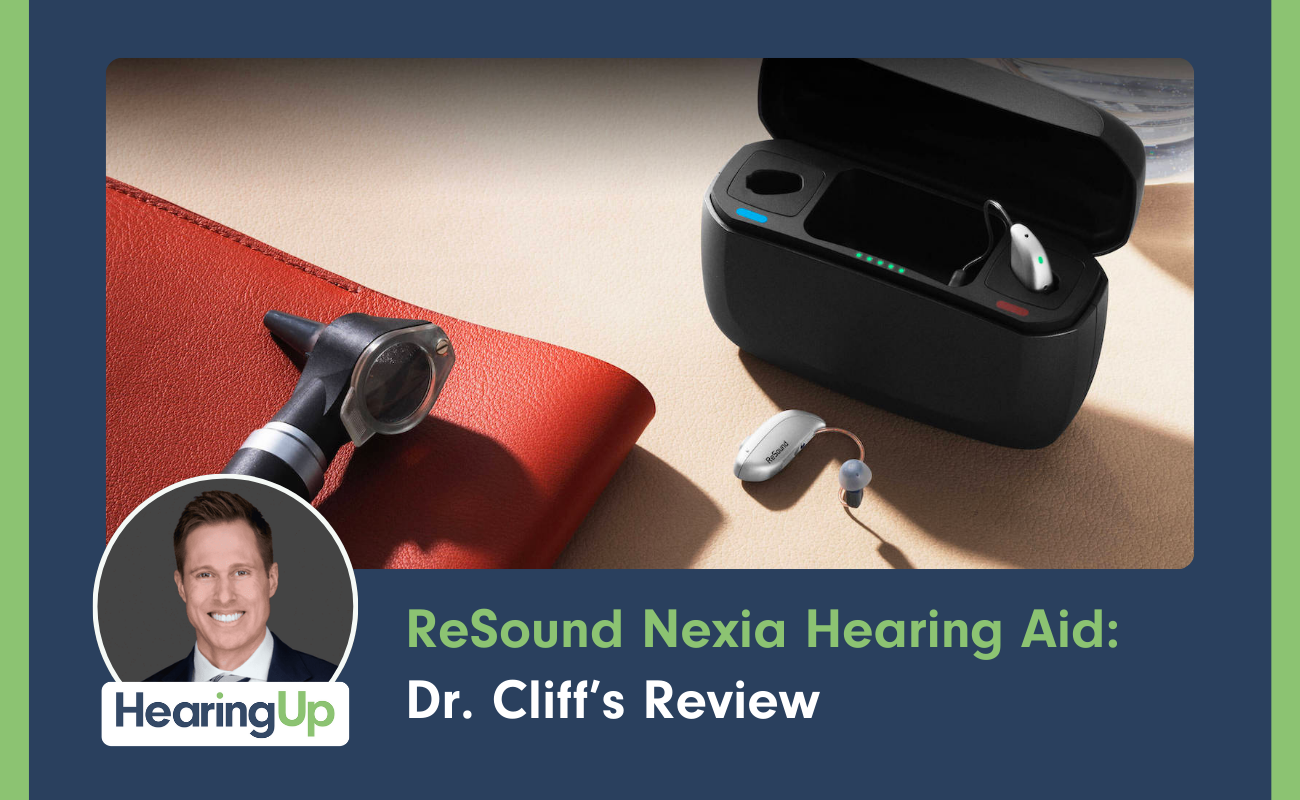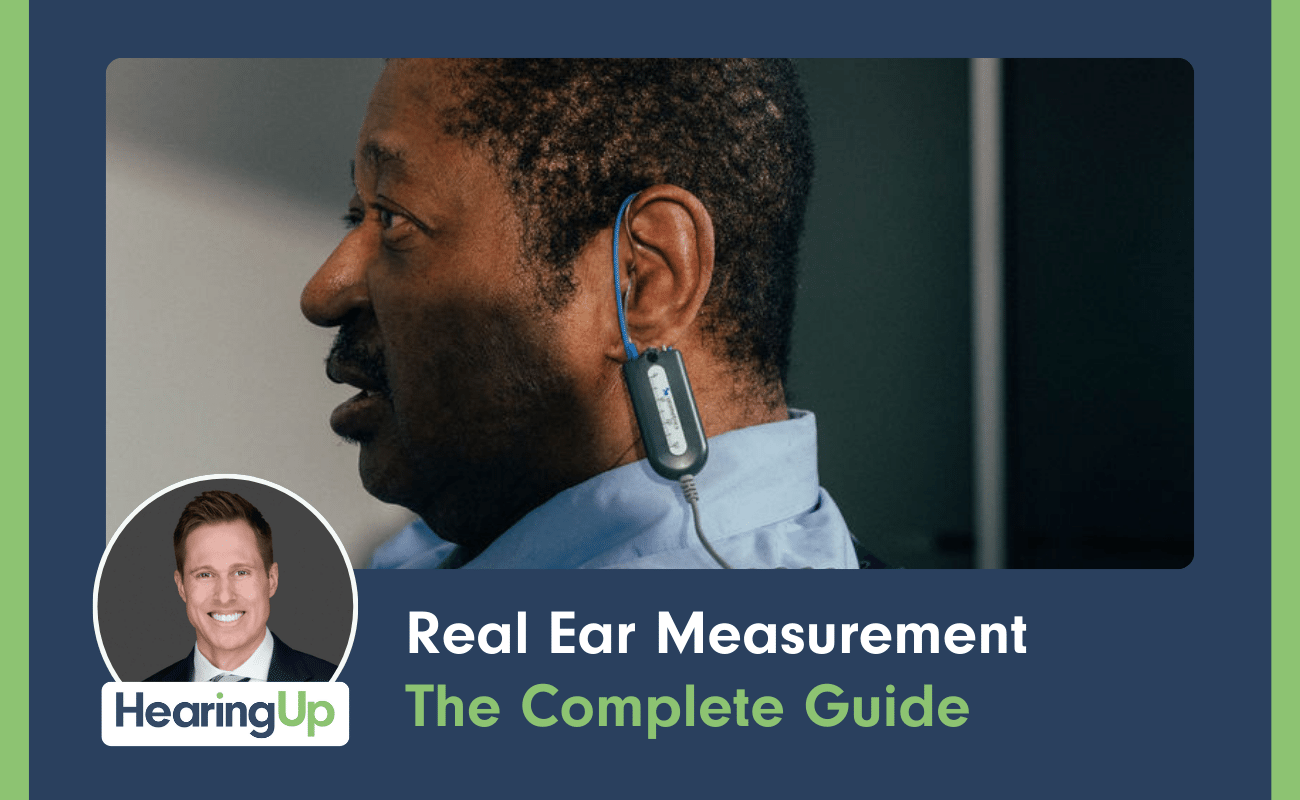For those who are considering the investment in a hearing aid, today’s models are more advanced than ever. There is no doubt that it can be overwhelming to determine which one is best for your needs, especially with so many options. Yet, taking a few minutes to understand some of the new hearing aid features could help you to know which ones are best suited for your situation.
Modern hearing aids continue to improve. That’s due to the higher level of technology implemented in them as well as the overall improvement of their design. Some of the best hearing aid developments are making it not only easier to hear but improving the overall quality of what is being heard. Consider some of the latest advancements that you should be considering.
Bluetooth Capability
One of the best advancements that is changing the way people use hearing aids is the use of Bluetooth technology. This type of technology has been used for a long time to help connect one type of technology to the next. Now, with Bluetooth available for hearing aids, it is possible for devices to receive mobile phone calls and connect directly to TVs through the device. That means that with the push of a button, a person is more connected than ever.
A simple phone call is easier to manage. It is no longer necessary to hold the phone to a person's ear. Instead, it is possible for them to hear the voice of the person calling directly in through the hearing aid. That offers a key benefit in providing a direct voice connection. It significantly improves the sound quality the individual has.
Using Bluetooth, it is possible to listen to music, catch a podcast, or engage in various other activities with ease. Advancements in the way Bluetooth works have helped to make it possible for users to get a better quality of voice and sound from the device. Today’s models connect directly to any smartphone and do not require the use of connectivity devices called streamers. That makes it much easier for people to communicate and engage with the world around them.
Telehealth and Remote Programming
Another key benefit to some of the best hearing aids available is the ability to link up to your doctor’s office without actually having to visit. Telehealth services are more readily available today than before. This allows a person to connect with their doctor or other care provider through a virtual appointment rather than having to visit the office.
The pandemic helped to make this a very important and valuable step for hearing aid patients. The need for remote access to medical services was made very clear when the pandemic hit, but providers took things to the next level by providing more accessibility.
With telehealth, it is possible to see the provider through a video call. That means that if a person is unable to make it in to see a provider, they can still see their doctor through a virtual call. Some devices take this one step further. They allow for the provider to make adjustments to the hearing aid from a distance. It does not matter where the person is that they can have their hearing aid's adjustments made through virtual programming. The combination of telehealth and remote programming has opened the door for many benefits since then.
It is convenient, allowing people to easily follow up with audiologists more frequently. It is also a good way to ensure the best quality of care is maintained even when a person may be ill or have mobility issues that prevent them from coming in for an appointment.
Artificial Intelligence
It used to be common to think of artificial intelligence as a science fiction type of experience that was in no way something that would be applicable to the world around us. Today, AI is making big changes in the world, from smartphone use to smart home devices. AI is also one of the most interesting of hearing aid features to consider.
There is evidence that AI is working to improve the way people hear. It is also helping to enhance the experience people have with sound around them.
For example, some types of AI hearing aids are able to detect sounds easily and allow the device to focus on the very specific elements of those sounds based on what a person wants to concentrate on. For example, when a group is together in a restaurant, the hearing aid is smart enough to focus on the sounds of voices at the table and muffles more of the background noise that gets in the way. It can do this in most types of environments, providing individuals with the ability to hear more clearly even in crowded situations.
The devices work to enhance the voice of the person nearby and help to remove some of those background noises that may get in the way of communication. These are not just arbitrary decisions. Rather, hearing aid users can make changes to their controls for their devices, making adjustments based on what is important to them.
This type of artificial intelligence is empowering. It provides better quality sound but also keeps people with a hearing aid more in control of the environment around them.
Rechargeable Batteries
This may not seem like the most significant upgrade and modernization to hearing aids, but it is incredibly beneficial. Gone are the days when it would take a long time to get help when batteries died. Hearing aids have long relied on rechargeable battery technology. However, even though this type of technology has been implemented and tried many times, its actual application and function of it have not been as good.
More recently, hearing aid manufacturers have moved to use lithium-ion batteries. These are much more like the batteries that are found in most smartphones and laptop computers. Most people are familiar with plugging in their phones to charge. Now that these hearing aids offer the same type of technology, they are easier to manage.
Each night, the user simply places their hearing aid on one of the chargers they are provided. The battery charges without any type of complicated charger. Each morning, the battery and hearing aid is ready to go. Most will last the entire day and often longer. There is no need to change out the batteries every few days like older models required. That's important to many people who have dexterity issues and struggle with the use of the covers on the battery compartments.
Most of the time, there is no need to change out the batteries at all. Rather, the lifespan of the lithium ion battery is about the same as the hearing aid itself. That means that most people do not have to worry about buying or replacing batteries at all.
Treatment for Tinnitus
Another of the most unique hearing aid features and upgrades is this one - tinnitus relief sounds in hearing aids. It is estimated that as many as 20 million Americans are struggling with chronic tinnitus. That means they are battling persistent ringing in the eye. Some of those people – about 2 million of them – are battling a severe and disabling level of tinnitus that impacts their quality of life and their ability to function in their lives. Most of the time, these cases happen with hearing loss.
Today’s hearing aid manufacturers have recognized this risk and developed solutions that aim to minimize symptoms. These hearing aids now have features built right into the device that helps to minimize symptoms.
How can a hearing aid help with tinnitus? There are two ways that it may help. In one way, the hearing aid works to amplify the other sounds that a person is hearing. That reduces the experience of tinnitus sounds. Second, many also play tones as well as music or white noise. Some allow users to play nature sounds. This is done directly through the hearing aid. By turning to these sounds, it is possible to minimize the sounds from tinnitus.
Activity Sensors
Another way some hearing aids are working on standing out is through the built-in activity sensors. These sensors help to support hearing loss while providing added features. Those features are found in wearable technology that many people use today for monitoring activity.
With the use of activity sensors, hearing aids have become multipurpose for users. These sensors can help to monitor the activity of the person wearing it. Then, that information can be fed through an app on their phone to allow for better recognition of their overall wellness. The goal is to aid in keeping people active and engaged in their surroundings. It also lets family members receive alerts when they are not engaging as often.
Newer hearing aid features like these are helping individuals to see significant improvement in their quality of life and overall wellbeing. Without a doubt, there will be further advances as technology makes it possible for hearing aids to do any more. What's key is that for those purchasing or upgrading now, there are some outstanding benefits already present.
Our Hearing Aid Buyer's Guide
Dr. Cliff has put together a guide for those looking to learn more about buying hearing aids. This free resource includes information on different features, styles and the latest models. Learn more by checking out the Dr. Cliff Hearing Aid Buyer's Guide.













.png)
